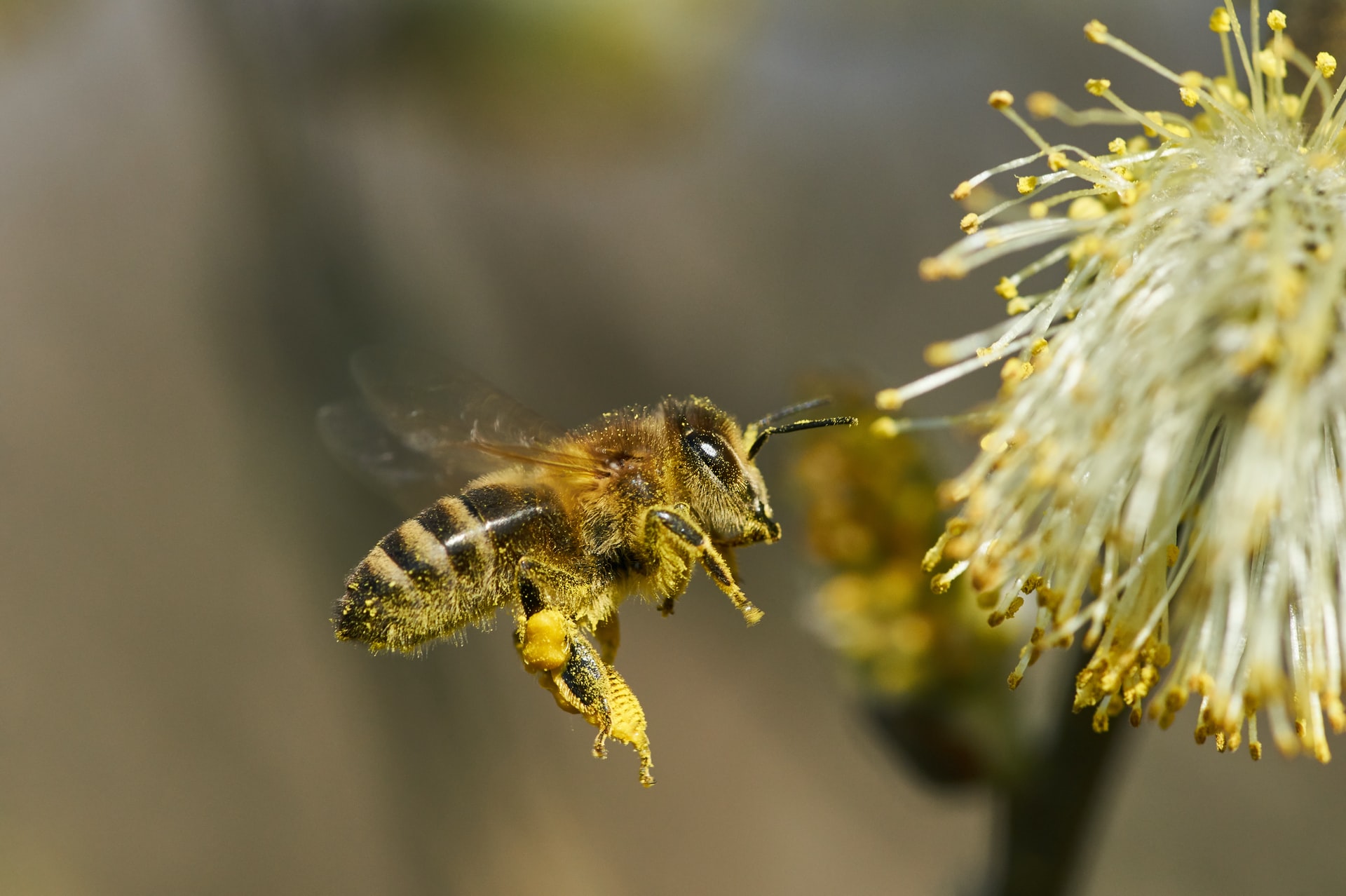by Senior Education Specialist Judy Elliott
June, a month in which temperatures range between the mid-80s during the day to mid-50s at night, is a prime month for growing most garden veggies, flowers, and herbs. Rain is usually low to non-existent, with humidity also low. It basically is beginning to feel ‘hot and dry,’ and early spring-planted crops, such as salad greens, are approaching the limits of their preferred growing conditions.
You can extend their lifetime by picking outer leaves for your meals, a process that stimulates the growth of new, inner leaves. After a time, however, they develop a bitter taste, signaling that their ‘edible’ journey is ending. In the case of spinach, which matures in less than 40 days, the shape of its leaves changes from broad and rounded to one that resembles an ‘arrowhead’. Shortly after those ‘weird’ leaves begin to grow, the plant sends up a stalk that soon opens into flowers and then seed-heads as pollination occurs. You will notice the same process with lettuce.
It’s helpful to know that although our veggies provide copious quantities of nutritious meals, their true purpose in life is really to produce seeds for a new generation. Respect their life cycle and continue to provide the conditions that allow your June garden to flourish.
F |Feed the soil, yourself, and your community
- For a garden to flourish, continue to attend to the soil community. Make sure you have distinct ‘walkways’ within your plot to minimize soil compaction
- Consider planting cover crops such as buckwheat that can enrich growing conditions for roots and, additionally, feed soil micro-organisms
L| Learn new gardening techniques
- In June, all crops should be mulched, both cool and warm season. Use straw, any remaining fall leaves, even weeds that have not gone to seed. Mulched soil decreases the effects of erosion that occurs from strong winds and overhead watering, moderates soil temperatures, and, additionally, can lead to fewer problems from diseases later in the season.
- Try planting small amounts of romaine lettuce (more heat tolerant than most other varieties), near bush beans. The beans provide needed shade for the ‘greens’ and, additionally provide a source of nitrogen for their neighbors.
O | Opportunities abound
- Surround yourself with flowers and herbs that nourish soil, provide homes for beneficial insects, and repel pests. Buckwheat, planted between rows of crop, is used as a ‘cover crop’ to enrich soil. Cut it down prior to flowering, leaving its foliage & stems on the soil surface as a mulch & roots in the soil to feed the microorganisms.
- Asters, zinnias, marigolds, chamomile & dill have flowers that provide nectar & pollen for beneficial insects that then lay their eggs on the plants. The larvae are fierce predators of pests
- Garlic and onions have strong oils in their leaves that help to repel pest insects
U | Understand connections between basic organic gardening practices and thriving crops
- Take a ‘preventative’ instead of a ‘reactive, crisis’ approach. Healthy soils really do provide the foundation for a bounteous harvest. There is no magic bullet that substitutes for deeply–rooted crops, properly spaced, watered at the base of the plants, and mulched to cover bare soil. Begin to envision your plot as a balanced, diverse micro-community
R | Practice season-wide renewal
- Replenish the soil environment by lightly spreading handfuls of compost (‘top–dressing’) around all crops on a monthly basis. Carefully use a hand trowel or garden hoe to scratch it into the soil (pulling back mulch if necessary).
- Replant early beans with a second crop, plant another summer squash seed by the end of the month
- Remove early spring crops that are no longer actively producing
- Pinch back basil to delay flowering
I | Imagine the possibilities
- Investigate the wealth of knowledge in your community gardens, neighborhood, or DUG’s ‘Mighty Network’ gardening platform
- Investigate the life cycles of garden insects by ‘turning over a leaf’ and noticing the variety of eggs and larvae that call the shady surface ‘home’.
- Feel the difference between soil that is covered by mulch and areas that are exposed to constant overhead watering and the effects of wind and erosion. Mulched crops are healthier.
S | Simplify your gardening season
- Grow what you like to eat, can preserve or share with others. Don’t try to mimic the variety of crops shown in seed catalogs. Be realistic with your efforts, fine-tuning your expectations with the amount of time you can devote to nurturing the space on a regular basis
- Cultivate garden ‘buddies’ who can help with seasonal tasks and/or jointly grow sprawling crops such as cucumbers or winter squash
H | Handle challenges with humility
- Resolve to treat every step in the growing process as a learning opportunity. The best gardeners ask questions, recruit help from others and celebrate their journey as a life-long experience of giving back more than they take
Garden Tip
Create Opportunities to Linger!
Colorful flowers not only provide gathering places for beneficial insects but also stimulate our senses with visual and olfactory messages that encourage us to ‘stay awhile’. As we spend more time in our plots, we begin to notice early signs of insect damage or disease and can more easily attend to management strategies. Consider using small tree stumps, straw bales, or even old folding chairs in your plot to custom design your ‘home away from home.’




